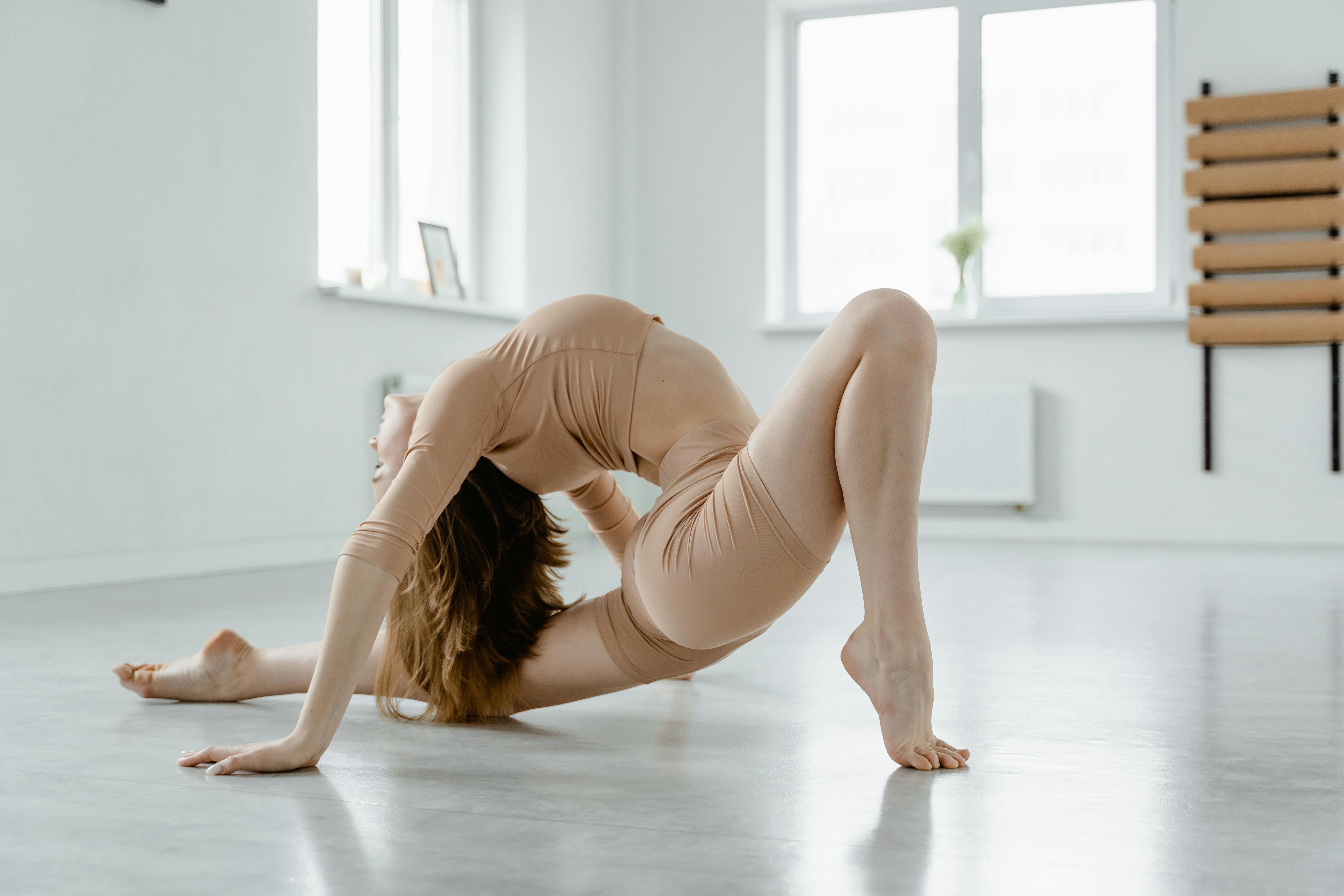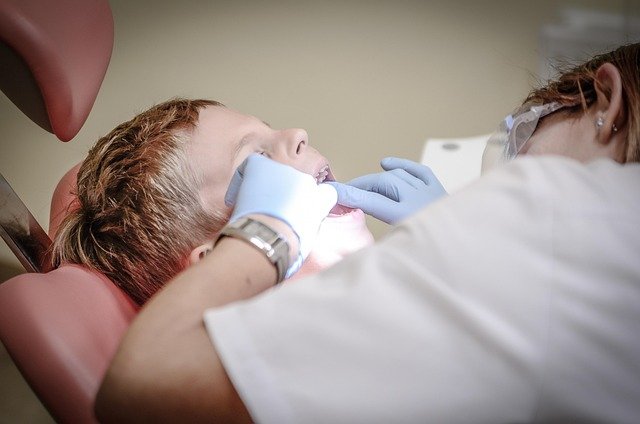Breaking Down the Biomechanics of Gymnastics
Gymnastics, a sport that marries grace and strength, has captivated audiences worldwide. Through a deeper understanding of its biomechanics, we can appreciate not just the athleticism but also the scientific marvel behind every twist, tumble, and turn.

The Art and Physics of Gymnastics
To the untrained eye, gymnastics is a dazzling display of physical prowess. But beneath its surface lies an intricate dance between physics and the human body. The principles of momentum, torque, and angular velocity, among others, govern every move gymnasts make. From the first vault to the final dismount, physics is at play.
The science of gymnastics began to take shape in the early 19th century, with the establishment of the first gymnastics clubs. The sport has since evolved, with gymnasts pushing the boundaries of what is physically possible. This progression can be largely attributed to a deeper understanding of the biomechanics involved.
Understanding the Biomechanics
Biomechanics is the study of the mechanics of the human body, particularly how forces affect body movement. In gymnastics, biomechanics plays a crucial role in the execution of complex moves, allowing gymnasts to generate speed, power, and rotation.
One of the fundamental principles of gymnastics biomechanics is the conservation of angular momentum. This principle is demonstrated in the ‘cat twist,’ where a gymnast twists mid-air by bending one side of their body. The conservation of angular momentum allows the gymnast to rotate faster on one axis, resulting in a successful twist.
Another principle is the center of mass. A gymnast’s center of mass is the point at which their body’s mass is equally distributed. When in motion, a gymnast must control their center of mass to maintain balance and execute precise movements.
The Role of Strength and Flexibility
Gymnasts are renowned for their strength and flexibility, both of which are integral to the sport’s biomechanics. Strength is essential for generating the force necessary to perform high-flying moves. Meanwhile, flexibility allows gymnasts to move their bodies into positions that would be impossible for most.
Research shows that a gymnast’s strength and flexibility can significantly affect their performance. For example, a study in the Journal of Sports Sciences found that gymnasts with greater flexibility had better performance scores, particularly in the balance beam and floor exercises.
The Intersection of Biomechanics and Technique
In gymnastics, technique and biomechanics are inseparable. Proper technique allows gymnasts to harness the principles of biomechanics to their advantage. For example, by adjusting their body position during a vault, gymnasts can alter their trajectory and increase their chance of landing successfully.
Conversely, poor technique can lead to inefficiencies in movement and even injuries. Therefore, understanding and applying biomechanics can help gymnasts improve their technique and enhance their performance.
The Future of Biomechanics in Gymnastics
As our understanding of biomechanics continues to grow, it will undoubtedly shape the future of gymnastics. With advancements in technology, such as motion capture and 3D modeling, coaches and athletes can analyze movements in unprecedented detail. This information can then be used to refine technique, improve training methods, and push the boundaries of what is physically possible.
In conclusion, the biomechanics of gymnastics offers a captivating exploration of the intersection between sports and science. By understanding the principles at play, we can better appreciate the remarkable feats of strength, flexibility, and precision demonstrated by these talented athletes.




